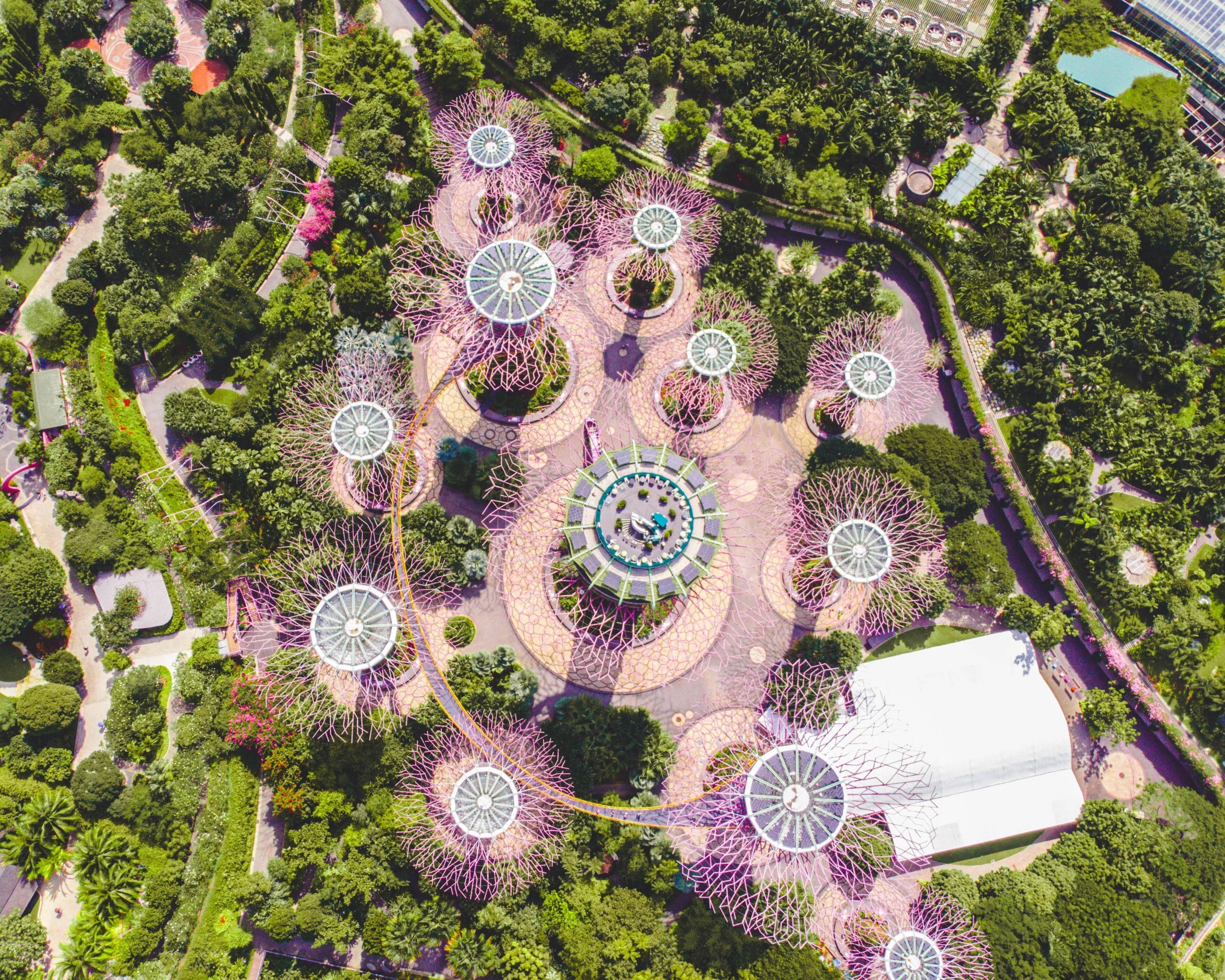The world’s population is not only growing, it’s moving to cities. The UN reports that 68% of the world’s population will live in cities by 2050. In North America, 82% already live in cities. In Africa, by contrast, only 43% live in cities, but the UN projects a 90% increase in urban residency in Africa and Asia in the next three decades.
Between climate change concerns, stretched resources for our growing population, long commutes on congested highways, and the seemingly ever-compounding complexity and cost of everyday life, innovations are going to be needed to make cities livable for more and more people. They’ll have to supply more water to urban residents, to use (and produce) energy efficiently, to contain the spread of disease (hello, COVID), and to maintain or improve quality of life for more people across demographics.
Stop to think about the features you would ideally like in your hometown, whatever its size. I talked to my friend Pete (the brains behind this discussion) about priorities he would highlight, and together, we came up with the following:
- Walkability. Walking is safer than public transportation in light of disease transmission, whether we’re talking about the seasonal flu or COVID-19. It’s better overall for use of fuel and energy. It reduces air pollution. Walking decreases obesity, chronic illness, stress, and extends life expectancy. A bike-friendly urban setup also fulfills these goals.
- City planning for our most vulnerable. What about our elderly residents–their safety, opportunity, inclusion? Where does one put a prison in a city built for residents’ wellbeing? How do we nurture children with our city planning? Think accessibility, green space, and resources that facilitate community.
- Speaking of community, there’s that neighborhood feel that’s hard to cultivate. (Cue Cheers theme.) City planning and long tenures of residency go a long way toward producing and maintaining this.
- Conserving time/quality of life. As a South Florida resident, I am used to commuting 45 minutes to work and then 45 minutes back to then drive another 30 minutes to dinner with friends and 20 minutes to my preferred grocery store. Everything in my metro area is spread out, with giant zones for residential or industrial use that you must cross to get to your commercial targets. Think of all that lost time, stress, car wear-and-tear, and gas burned, and tell me that’s not deteriorating our quality of life.
- Convenience/access to resources. Cities are attractive when they offer job opportunities, education, healthcare, green space, public leisure, entertainment, and culture.
What about maximizing city space and growing food locally? The 17th century has suggestions (read here). Will having municipal-run agriculture finally give us more control over our food? What are the peripheral benefits? The challenges?
Deliberate planning is needed to make city living conducive to human flourishing. Interesting ideas are put into practice by The Line (Saudi Arabia), Songdo (South Korea), Barcelona (Spain), and Singapore (read here).
What about waste? Most developed nations have a massive garbage problem, and cities are the worst perpetrators. Programs like WasteZero aim to change wasteful behavior by causing a little pain. Some initiatives focus on reducing or eliminating the use of plastic bags. Sweden promotes circular activity. What will it take to sell these ideas to Americans and others?
And because SuperPosition has many readers who are pastors, what part will the local church play in growing urban settings? How can it contribute to the common good, even leading the way?
Food for thought as our ever-growing population migrates to cities. They can become organized, vibrant, efficient communities thoughtfully designed for health and opportunity, if only we support such measures with our votes and wallets.
Reality Changing Observations:
1. If you live in a city, what systemic problems are already obvious to you? How will these worsen as cities become more populous?
2. What are you priorities in a city built for flourishing, care, and justice?
3. Who or what is responsible for ensuring cities are well-run, safe, happy places to work, live, and play?






